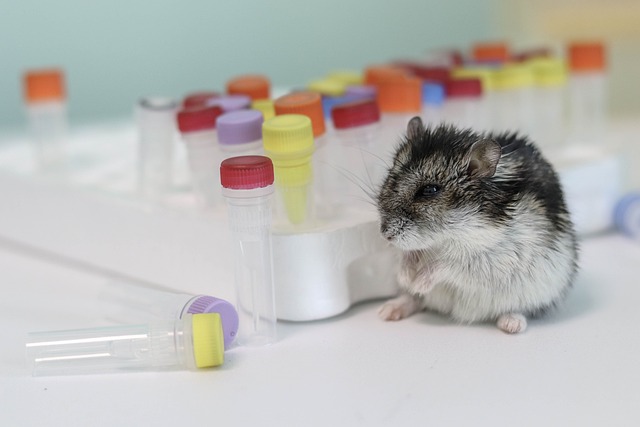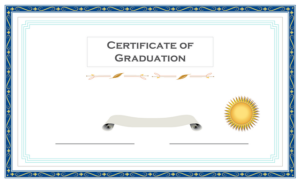Enhance UK Audience Engagement: Translate Scientific Posters Effectively
Scientific posters, while effective for disseminating research, struggle with audience engagement due to dense text, technical jargon, and uninspired visuals. In the UK, high scientific literacy rates demand more captivating content. Translation serv…….

Scientific posters, while effective for disseminating research, struggle with audience engagement due to dense text, technical jargon, and uninspired visuals. In the UK, high scientific literacy rates demand more captivating content. Translation services tailored for UK scientific posters are crucial, combining scientific expertise with cultural understanding to create accessible, visually appealing presentations that resonate with diverse audiences. These services ensure complex ideas are conveyed simply and culturally sensitively, fostering engagement at conferences and exhibitions, enhancing accessibility, and promoting inclusivity within the UK's scientific community. Success is measured through metrics like increased visitor attendance, engagement time, citations, and discussions sparked by translated posters.
In the realm of scientific communication, engaging audiences is paramount. Yet, many researchers struggle with presenting complex ideas through poster formats, often encountered as a standard at UK academic events. This article explores the challenge of low audience engagement with scientific posters and proposes translation services as a game-changer. We’ll guide you through understanding cultural nuances, effective translation strategies, choosing the right service, and measuring the impact on poster success to enhance participation and accessibility in UK academic spaces.
- Understanding the Challenge: UK Audience Engagement with Scientific Posters
- The Role of Translation Services in Bridging Communication Gaps
- Effective Strategies for Translating Scientific Content
- Choosing the Right Translation Service for Your Poster
- Measuring Success: Evaluating the Impact of Translated Posters
Understanding the Challenge: UK Audience Engagement with Scientific Posters

Scientific posters are a powerful tool for sharing research findings, but engaging audiences can be challenging. In the UK, where scientific literacy is high, it’s not simply about conveying complex information—it’s about captivating and inspiring curiosity. Many scientific posters, however, fail to break through the noise due to dense text, abstract language, or a lack of visual appeal, especially when compared to the engaging visuals often used in marketing or popular culture.
This is where translation services for UK scientific posters play a crucial role. Professional translators who understand not just the nuances of science but also the cultural and linguistic preferences of British audiences can help adapt these posters for maximum impact. By translating text into clear, accessible language and enhancing visual elements, researchers can ensure their work resonates with a wider, more engaged audience.
The Role of Translation Services in Bridging Communication Gaps

In today’s global scientific community, effective communication is essential. When it comes to engaging audiences in the UK, translation services play a pivotal role in bridging the gap between researchers and their potential viewers. Scientific posters, often presented at conferences and exhibitions, are powerful tools for knowledge dissemination. However, they may be inaccessible to those whose first language isn’t English. Translation services step in to ensure these posters can reach and inform a diverse range of UK audiences.
By providing accurate and culturally sensitive translations, these services help convey complex scientific ideas in simple, understandable terms. This is crucial in fostering engagement, as it allows attendees from various backgrounds to grasp the content presented, encouraging discussions and contributions. In the context of UK scientific posters, translation services act as a vital link, enhancing accessibility and promoting inclusivity within the scientific community.
Effective Strategies for Translating Scientific Content

When translating scientific posters for a UK audience, it’s crucial to go beyond literal interpretation and embrace strategies that engage and resonate with your readers. Start by identifying the core message and key takeaways—what the original poster aims to communicate. Select translators who not only possess expertise in science but also have a knack for clear, concise writing. They should understand the target audience and be able to adapt scientific terminology and complex ideas into accessible language without diluting their precision.
Incorporate visual elements strategically during translation. Scientific posters often rely on diagrams, charts, and graphs to convey information; these need to be accurately represented in the new language. Ensure that translations align with visual content, maintaining coherence and avoiding confusion. Consider using annotations or legends in the translated text to enhance understanding of visual elements, especially when dealing with specialized terminology.
Choosing the Right Translation Service for Your Poster

When presenting scientific research at conferences or events in the UK, choosing the right translation service is key to ensuring your message resonates with your audience. With a vast array of options available, it’s essential to select a provider that understands both the nuances of science and the specific linguistic requirements for engaging UK audiences. Look for professional services that specialise in scientific translation, as they will have access to experts in various fields who can accurately convey complex concepts.
Consider factors such as experience, turnaround time, and cost when making your decision. Reputable translation companies should offer a range of services, including language interpretation, document translation, and even localisation, which goes beyond simple word substitution to adapt your content to local cultural norms and expectations. Additionally, seeking recommendations from scientific communities or institutions can be valuable in finding reliable and accurate translation partners for your UK-focused poster presentations.
Measuring Success: Evaluating the Impact of Translated Posters

Measuring success is a critical aspect of evaluating the effectiveness of translating scientific posters for a UK audience. The impact of translation services extends beyond ensuring accessibility; it significantly influences engagement and knowledge dissemination within the scientific community. By comparing the reach, interactions, and overall reception of translated versus non-translated posters at conferences and public events, researchers can gain valuable insights into the benefits of linguistic adaptation.
One key metric to track is the increase in visitor attendance and time spent engaging with translated posters. Higher levels of engagement suggest that the audience finds the content more understandable and compelling. Additionally, tracking citations and discussions sparked by translated posters can indicate their influence on academic discourse. These quantitative measures, coupled with qualitative feedback from attendees, provide a comprehensive evaluation of translation services’ role in enhancing scientific communication within the UK.
In conclusion, enhancing scientific poster engagement in the UK through translation services is a powerful strategy to democratize science. By addressing communication gaps and employing effective translation techniques, researchers can ensure their work resonates with diverse audiences. Choosing the right translation service and measuring impact are crucial steps to maximize the benefits of translated posters, fostering a more inclusive scientific discourse in the UK. Translation services for UK scientific posters play a vital role in facilitating understanding and sparking interest among the general public.






